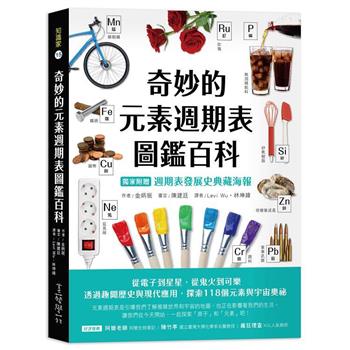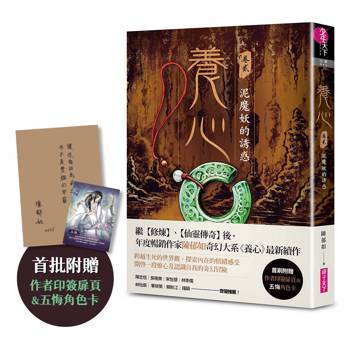Joris-Karl Huysmans’ book Against the Grain was first published in French as rebours in 1884.The piece embodies the decadence of late 19th-century French upper culture in both style and content. Des Esseintes, the main character, displays the crippling symptoms of neurasthenia, a broad psychosomatic condition that was popular at the time.Because of his health, he must temporarily leave Paris and move to his country estate in Fontenay, where he plots his route "against the grain" of everyday life. Des Esseintes creates a routine of exquisite sensualism while sequestered in luxury.He creates a "mouth organ" that he uses to drink "harmonic" liquor mixtures. He grows exotic plants and arranges to have a live tortoise’s shell set with gems. Perfumes, monastery music, visionary art, and Stéphane Mallarmé’s poetry are among his too polished interests. However, unchecked excess only makes his illness worse, leading his doctor to instruct him to return to Paris. Des Esseintes’ request for mercy from a God he only loosely believes in brings the narrative to a close. Although the author wrote the book with a specific audience in mind, it has since become a reference on fin-de-siècle aestheticism.
| FindBook |
有 1 項符合
Against The Grain的圖書 |
 |
Against The Grain 作者:Huysmans 出版社:Double 9 Booksllp 出版日期:2022-04-22 語言:英文 規格:平裝 / 228頁 / 22.86 x 15.24 x 1.32 cm / 普通級/ 初版 |
| 圖書館借閱 |
| 國家圖書館 | 全國圖書書目資訊網 | 國立公共資訊圖書館 | 電子書服務平台 | MetaCat 跨館整合查詢 |
| 臺北市立圖書館 | 新北市立圖書館 | 基隆市公共圖書館 | 桃園市立圖書館 | 新竹縣公共圖書館 |
| 苗栗縣立圖書館 | 臺中市立圖書館 | 彰化縣公共圖書館 | 南投縣文化局 | 雲林縣公共圖書館 |
| 嘉義縣圖書館 | 臺南市立圖書館 | 高雄市立圖書館 | 屏東縣公共圖書館 | 宜蘭縣公共圖書館 |
| 花蓮縣文化局 | 臺東縣文化處 |
|
|
圖書介紹 - 資料來源:博客來 評分:
圖書名稱:Against The Grain
|











